New York's got soul + tips for better travel photography
*In collaboration with: Olympus Europe
It was a year since my first trip in New York. Last time I was here it was an early spring and the corners of Fifth Avenue were still covered in snow as I walked down the street. This time it was fall – and there's just some magic in that New York City fall. On my first trip I didn't exactly figure out what's the deal with New York. New York felt like a cold harsh place where everyone was busy doing their own thing.But something in me started to miss it.Some part of me needed to return to the big apple again.When Olympus asked me to capture some urban lifestyle shots anywhere in the world – I knew my time to return had come. New York has that soul I wanted to capture in a photograph.
 On this journey in New York I focused fully on photography and on testing my OMD-D E-M10 Mark III travel camera – to feel how it works in different urban environments from dusk till dawn. I have actually used Olympus cameras throughout my blogging career and already before. And since this year, I've become a brand ambassador for this dear brand.Too many of us photographers often think that the bigger and more expensive camera will get us the best results. But at the end of the day, especially for us travelling the world, a bigger camera is nothing but a weight on a shoulder. It's 2018 and many small mirrorless cameras are just as good for most purposes.
On this journey in New York I focused fully on photography and on testing my OMD-D E-M10 Mark III travel camera – to feel how it works in different urban environments from dusk till dawn. I have actually used Olympus cameras throughout my blogging career and already before. And since this year, I've become a brand ambassador for this dear brand.Too many of us photographers often think that the bigger and more expensive camera will get us the best results. But at the end of the day, especially for us travelling the world, a bigger camera is nothing but a weight on a shoulder. It's 2018 and many small mirrorless cameras are just as good for most purposes.
"Something about New York makes you belong. It awakens your every sense and suddenly you see beauty where you'd otherwise see nothing. The city has a way of painting a mundane moment enchanted."
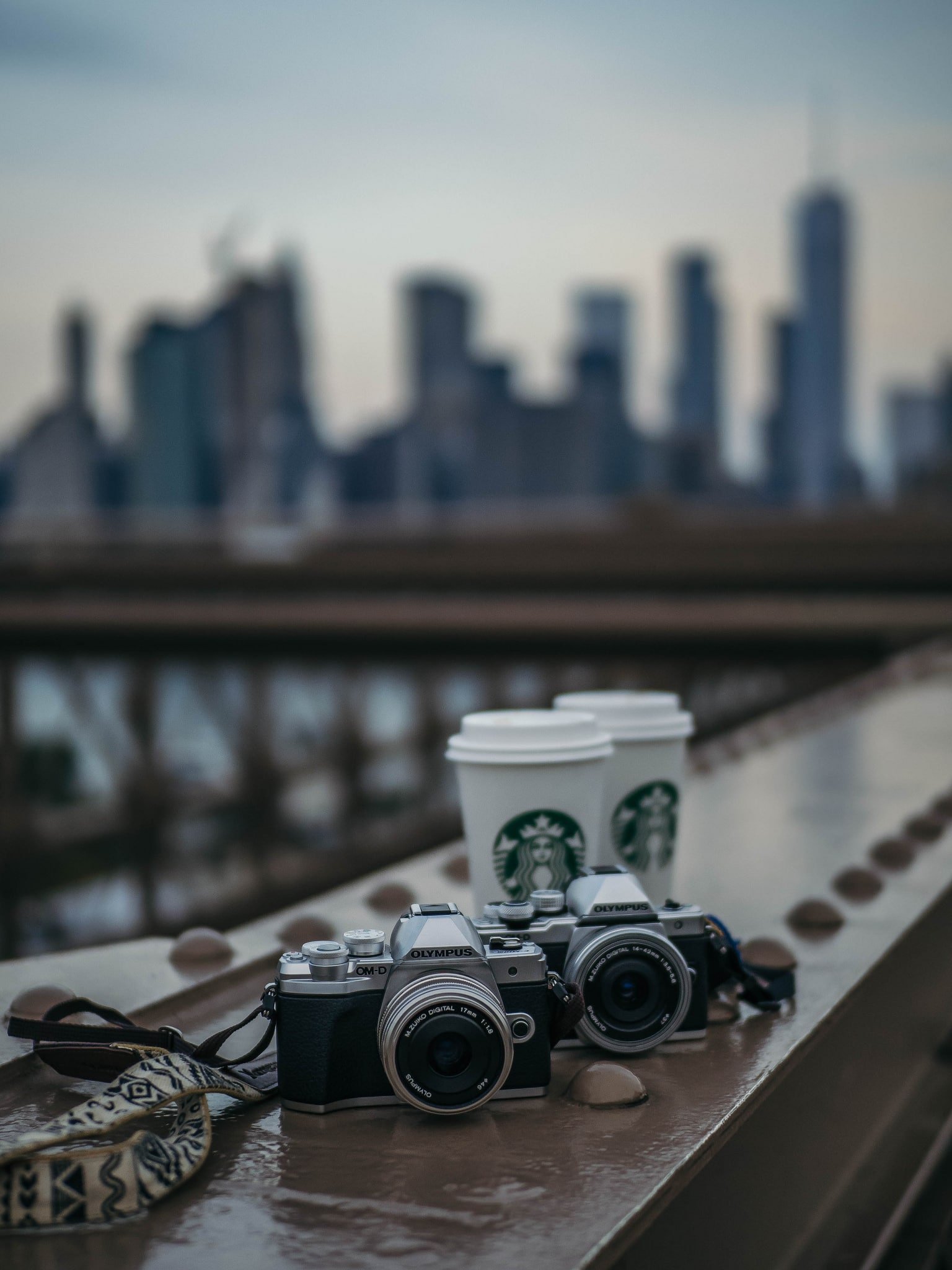
How to choose the right camera for your travels?
At the end of the day, it's not as much about the camera as it is about the vision of the photographer behind it.
Olympus OM-D E-M10 Mark III is the perfect travel partner for me and all the photos in this post and most of my travels this year have been captured with it. And before my OM-D, I've captured most of my travel photos with Olympus PEN E-PL7, which I'll also happily recommend too.What I often feel is even more important than the camera itself is your lens. Zoom lens might be best for travel, though I have to admit I don't personally like to use one. I always carry 2-3 lenses with me and change them on the go – and to be completely honest, I prefer having two of the same camera with me in my bag with different lenses inserted so they are ready to be used. In New York, I had my favourite 25mm on my other OM-D and my 17mm on my other OM-D – but really, one camera is sure enough. And the 14-42mm kit lens of this camera is good enough for most purposes.See all Olympus lenses here.There are several factors when it comes to finding the perfect travel partner camera in crime and I would say the first one is your budget. How much are you willing to invest into your new camera? Photography can be an expensive hobby and there are options between a few hundred euros all the way to tens of thousands of euros. I would say a budget of 600-1,000 euros will surely get you the perfect travel camera for any purpose.The second thing when it comes to a travel camera is its size and weight. My OM-D basically fits into a pocket, so I can carry it with me at all times and never miss a moment worth capturing.Other reasons I swear by the OM-D E-M10 Mark III are its quality video (though I must admit I'm a bit lazy what comes to videos), high-speed touch AF and integrated wi-fi connection. Wi-fi is what makes me able to take photos of myself as I can use my phone as a remote control. And obviously, the camera itself looks pretty – and that was the original reason I chose my first Olympus camera in 2008, because it was pink, haha.But at the end of the day, it's not as much about the camera as it is about the vision of the photographer behind it.Most important factors for choosing the right travel camera:
- Budget
- Small size of the camera
- Wi-fi
- Image quality and the right lenses

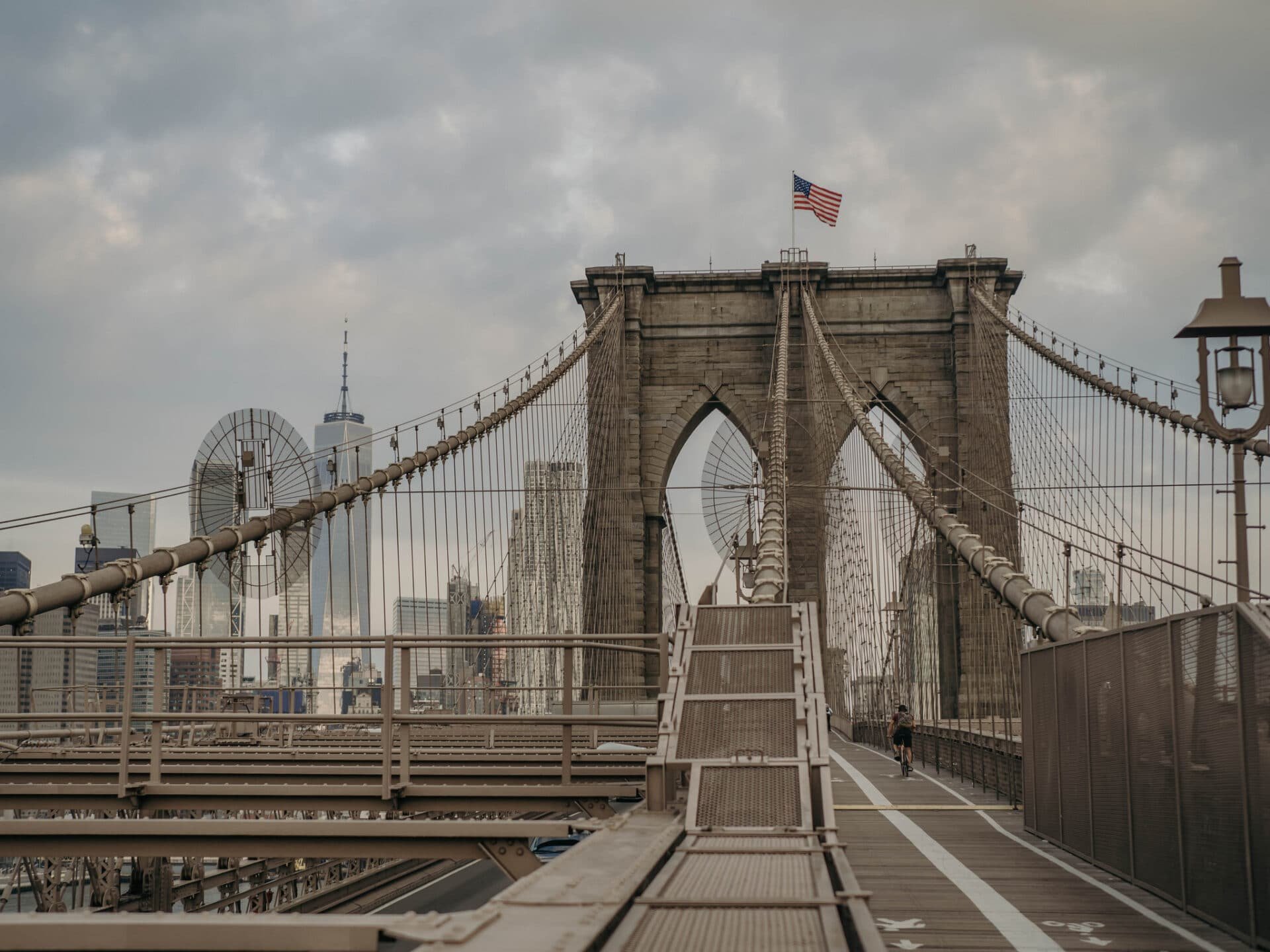

How to crack it up a notch with your travel photography
The most important thing in all photography is light. I love to work with nothing but natural light whenever I can – even if I'm shooting for a client indoors. During travels, I rarely take any photos in daylight but use that time to create a list of things I wanna shoot during the trip. Then I get up crazy early and go make the most out of the soft early morning light. The other good thing about early mornings in popular travel destinations is that you have the place all to yourself for a little moment in time – places like Brooklyn Bridge looks this quiet only at sunrise.Even if the auto shooting technology is way advanced in a lot of new cameras, I would still recommend studying the manual settings at least a little bit. I shoot with manual settings 90% of the time, but sometimes choose aperture mode so I know I won't miss a moment. If manual settings feel like too much, at least on Olympus cameras the 'P' mode is pretty automatic but you can still change the overall lightning in your photograph and that will already step up your photo game remarkably.Wi-fi is one of the best things about modern cameras. Olympus, like many camera brands today, has an app you can download on your phone to use it as a remote control when taking photos of yourself as you solo travel the world – no need for an Instagram husband when technology is this advanced!One thing I also do when traveling to a new destination is research it a bit on Instagram and Pinterest to get some inspiration. I of course want my photography to be my own kind of art, but a little inspo never hurt nobody. Sometimes it helps to look at things from a different angle. When I visited Top Of The Rock in New York for the best skyline photos at sunset, people were wondering why I was just standing behind the window – but you see the result at the end of this post and can make your own mind about it – but personally, I loved the result.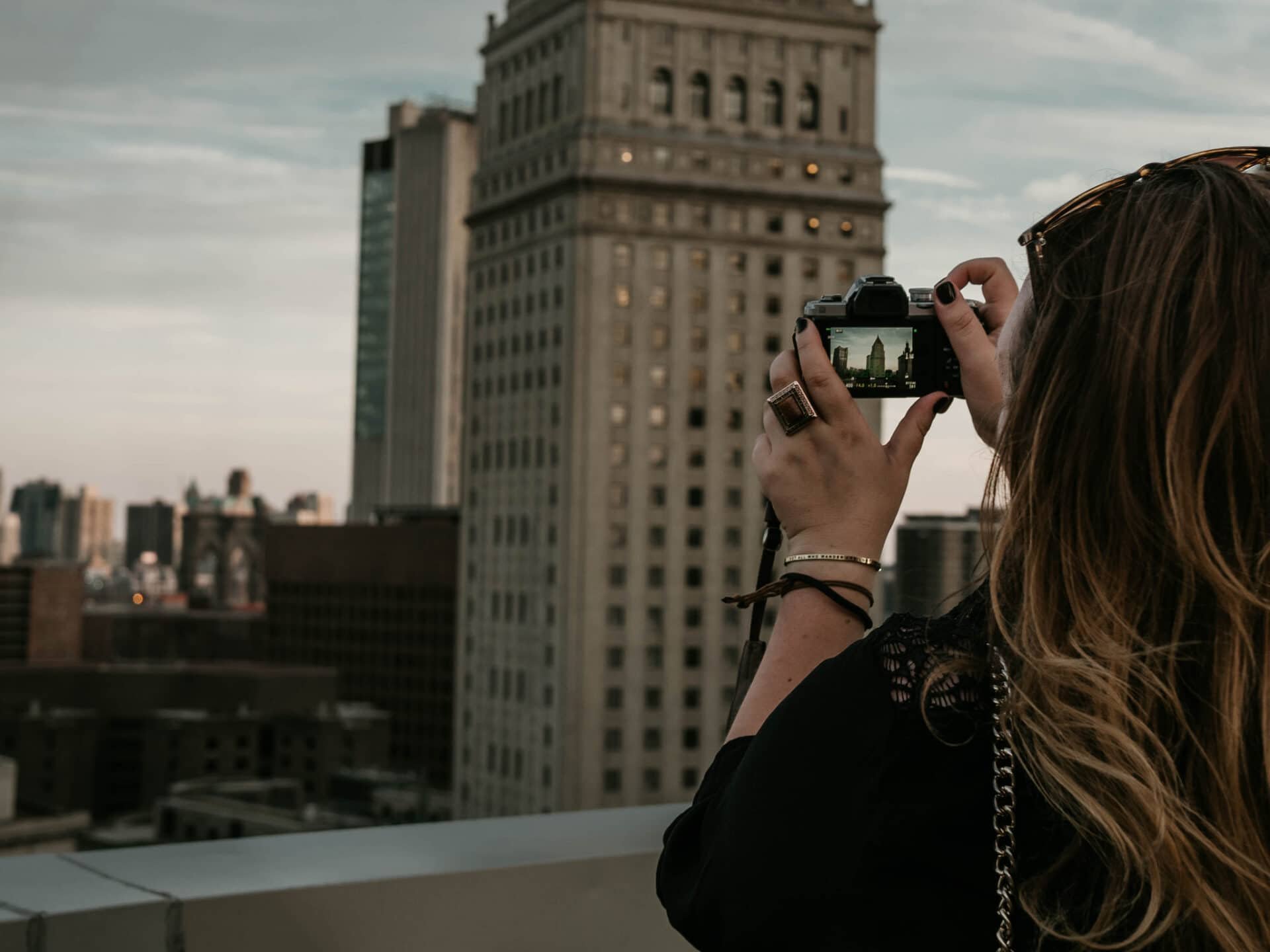
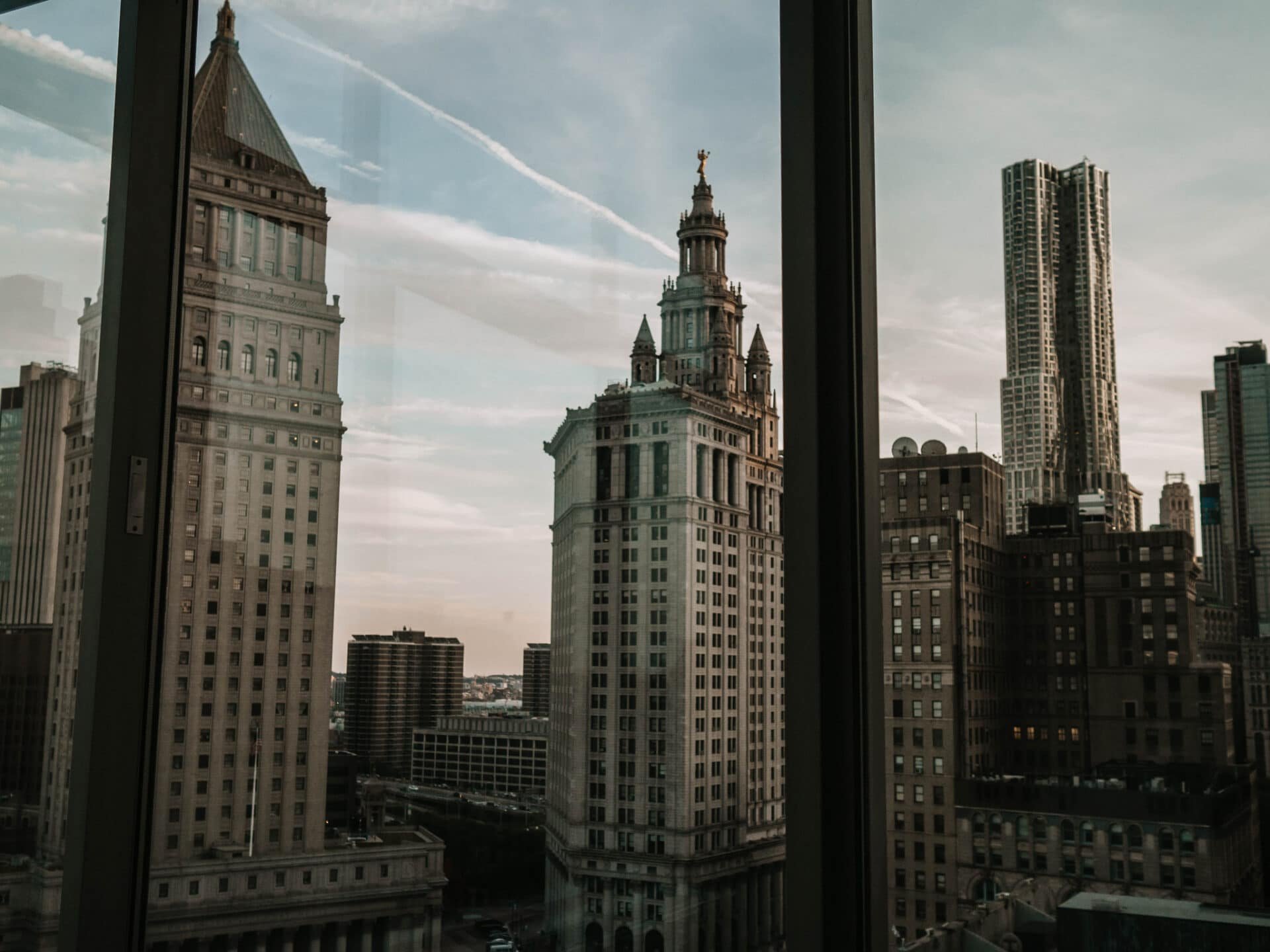
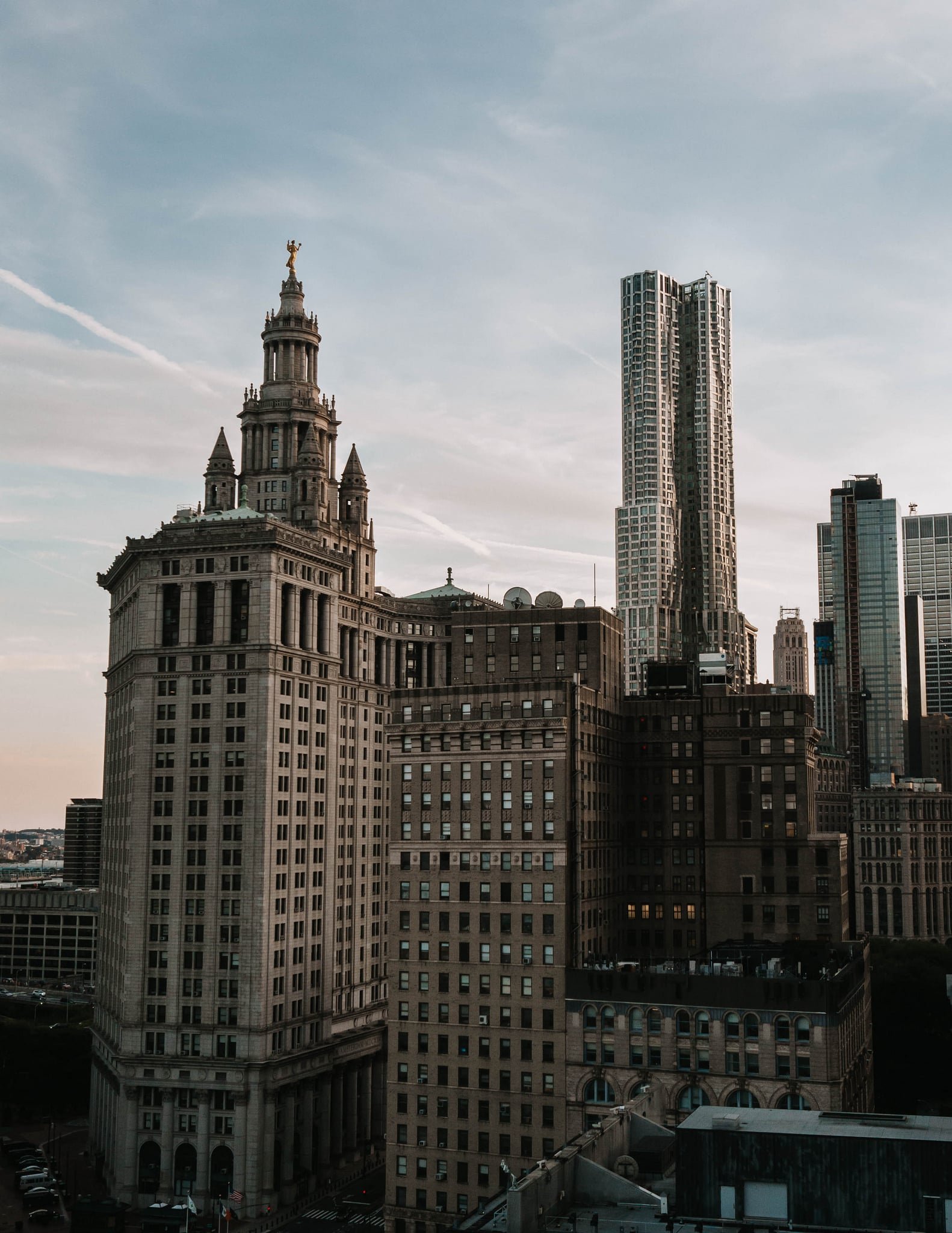

How to edit travel photos and find your style
I have to say my photos only come to life when I edit them. I always shoot in RAW format, which means the camera saves more data in the photograph giving me more freedom in editing. I always use Lightroom on my computer to edit photos and so do most professional photographers and probably bloggers too these days. I pay a little over 10 euros a month for it and also have Photoshop and other Adobe programs on hand. Photoshop I use only rarely and mainly if I need to change some details.I always start by adjusting white balance, saturation, contrast and sharpness. Then I lower the highlights and up the shadows. Lot of bloggers and Instagrammers sell their own presets these days and I also have created my own to make the photo editing process easier – though I don't think I'll be selling mine as I don't exactly believe in presets created by other people though I've also bought a few myself.Surely you won't need Lightroom if your photos are mainly for sharing on social media with friends. On my phone I have VSCO, Snapseed and Afterlight. Some of my Instagram photos are only edited with VSCO, where I love the A4 and A6 filters the most. Snapseed is good for adjusting your basic settings and on Afterlight I get that nice vintage feel if I'm after it.What comes to editing, I think it's good to just try and try – I'm all about trial and error in all aspects of life. If you aren't sure of your style yet, keep screenshotting and saving photos that you like and when you've got a collection, go through them and see what are the elements that connects them. I know for myself I like images that are desaturated, darker and warm but it's been a long journey to find exactly what I love when it comes to photo editing.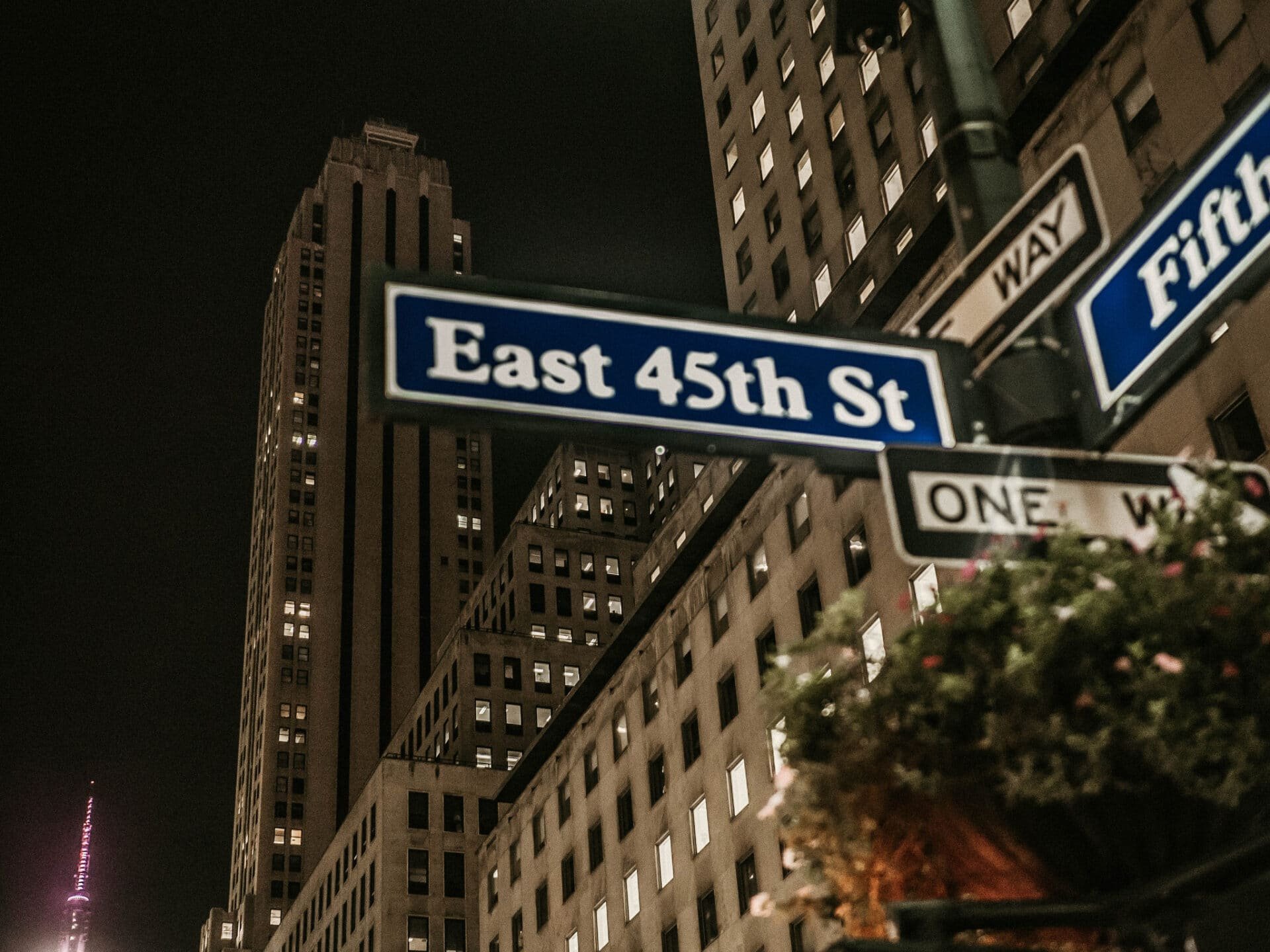
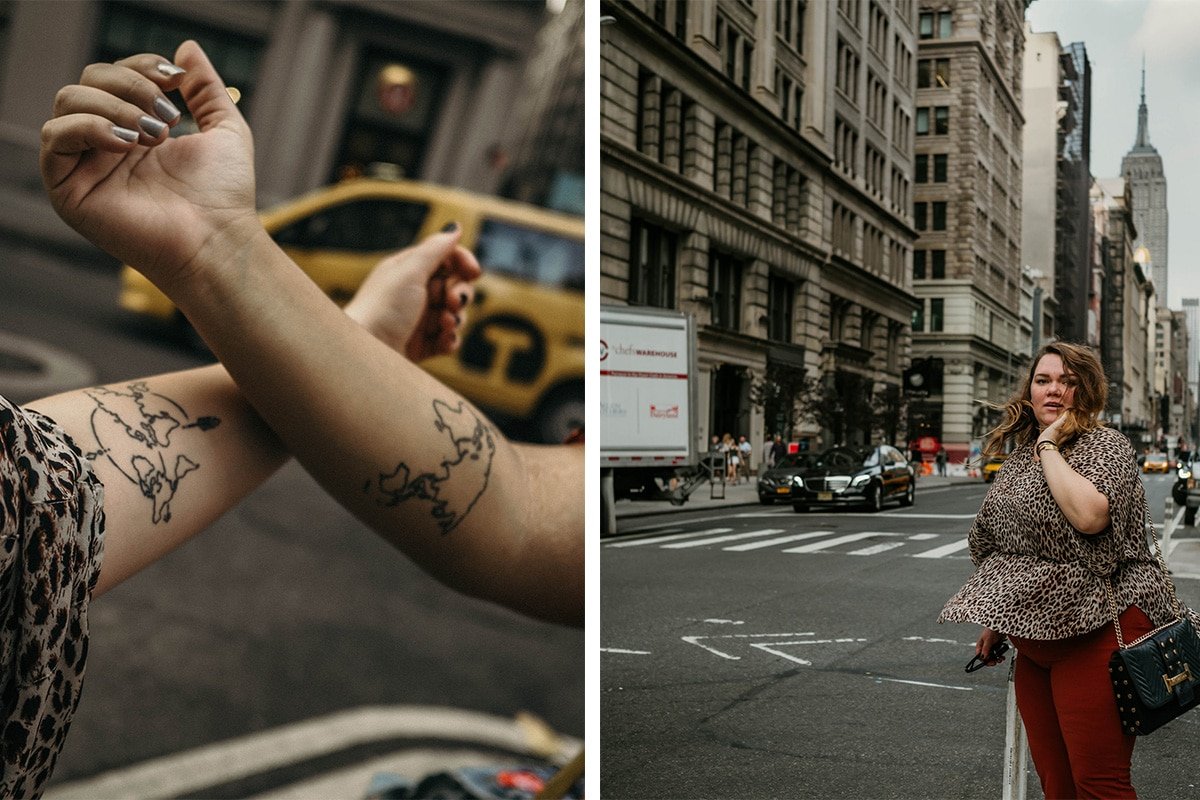
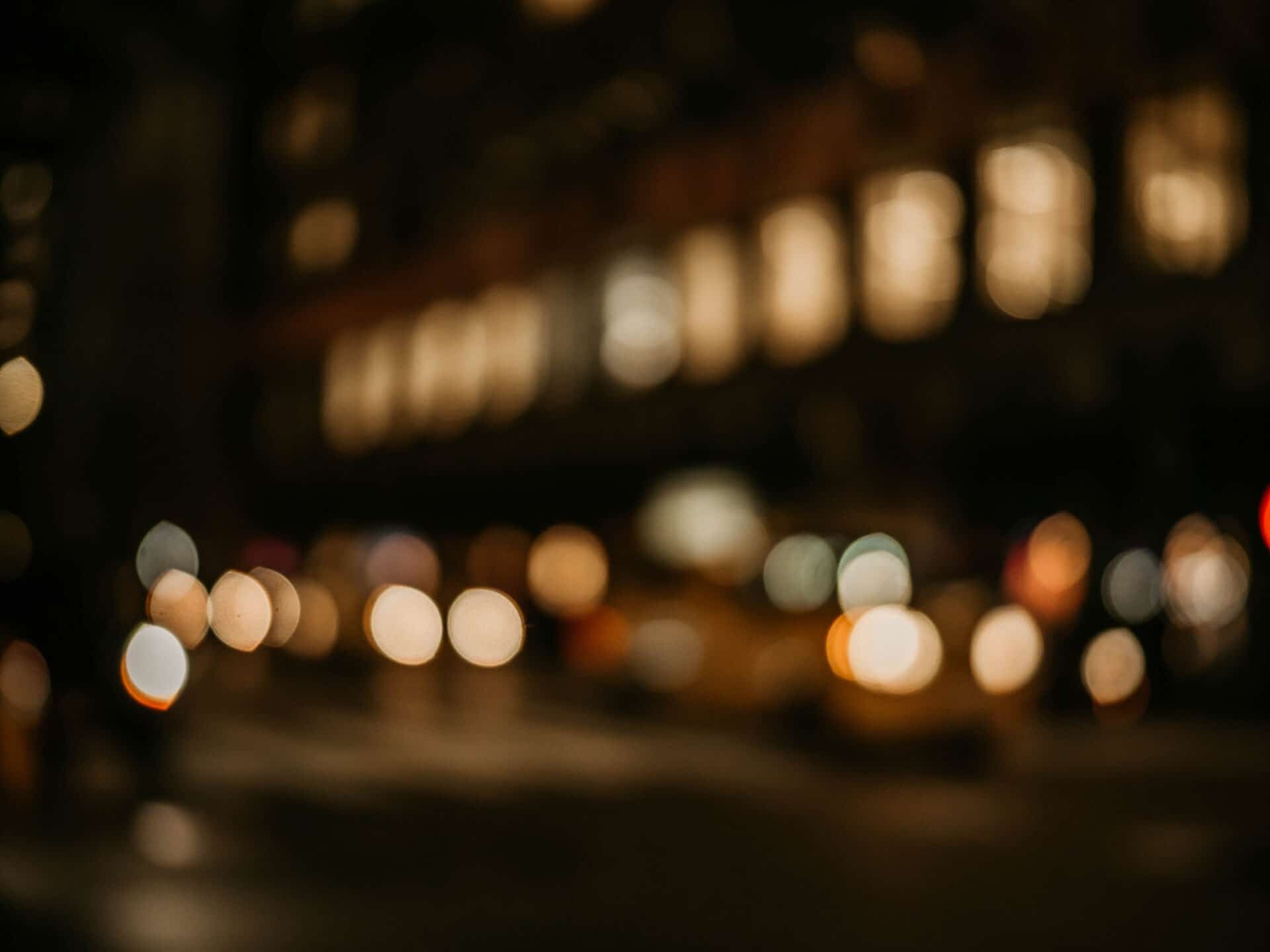
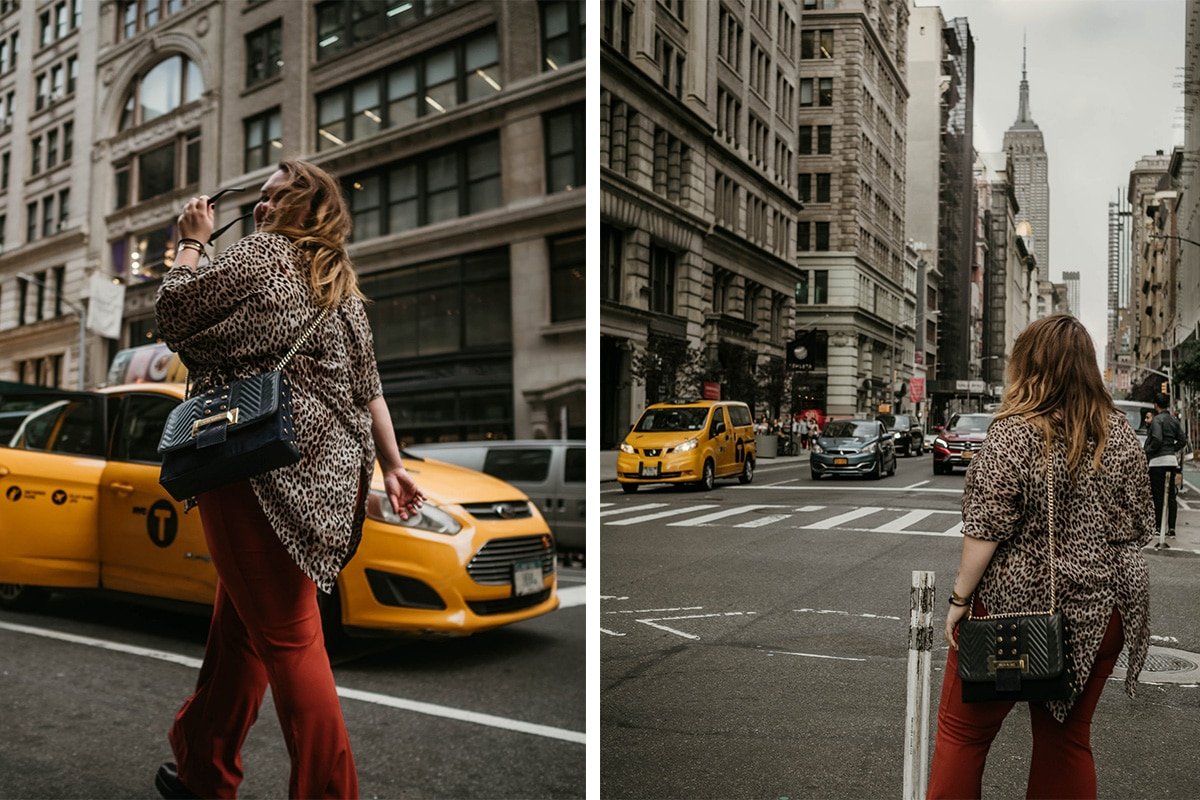
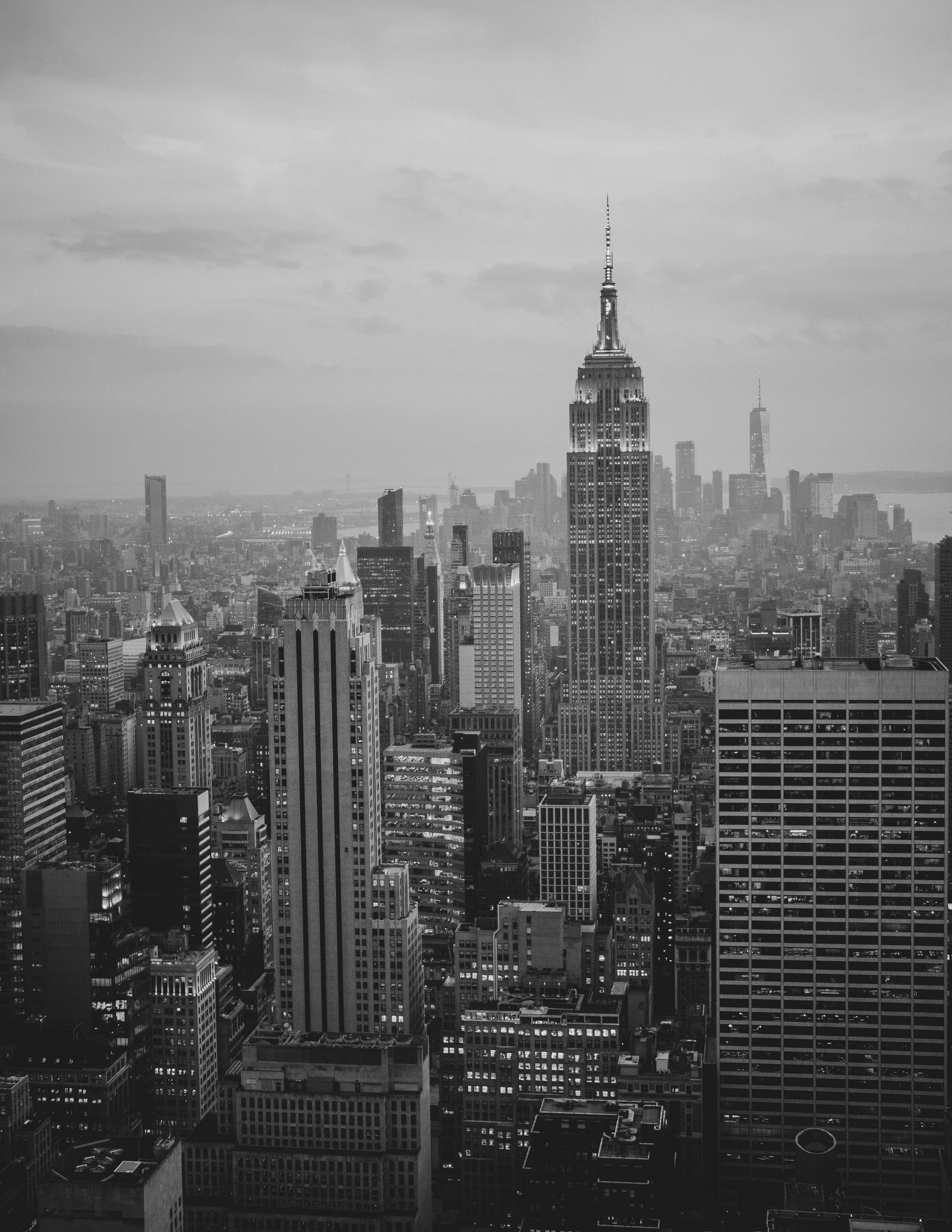
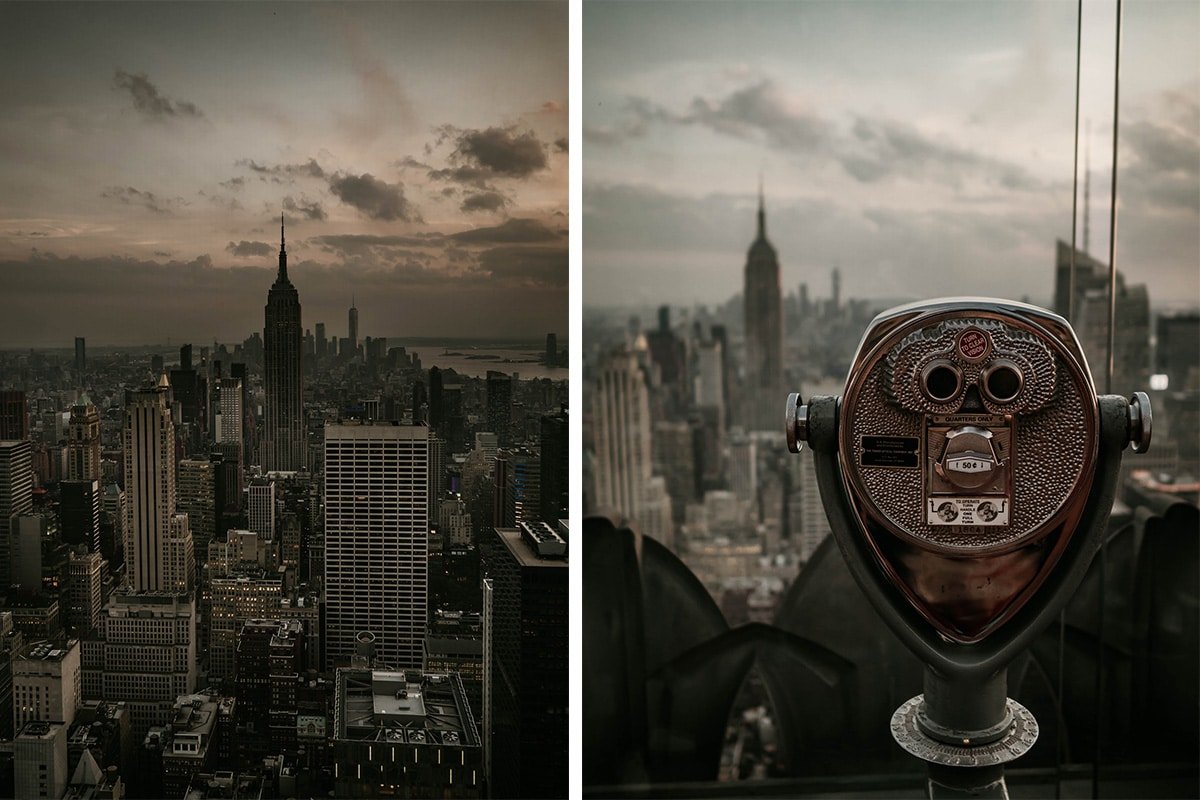
Photographing makes me wake up earlier and to explore a little deeper on my travels.
Photography has grown into my biggest passion in the past years. My little OM-D is always in my bag on my travels and honestly, it's my favourite travel companion over any person. Photography has helped me see beauty where I otherwise would see nothing. It has made me look at people deeper into their eyes and it has a way of making me stop in the mids of everything.
I often find myself admiring how the light touches a surface and how it all changes at dawn. I've learned to truly live in a moment.Photographing people is one of my biggest passions on my travels and always a way to connect even if there's no common language.Photographing makes me wake up earlier and to explore a little deeper on my travels. My five days in New York went by in a blink of an eye.I stayed at a stylish Airbnb loft of two Australian brothers, Ward and Simon, in their Williamsburg home in Brooklyn. One evening I was reading an Italian Vogue laying on the kitchen table. I saw a tear in Ward's eyes as he snapped the magazine off my hands. I looked at him confused as he flicked through the pages and soon gave it back to me. The pages were filled with images of a sick young man in a hospital bed. His boyfriend had recently died of cancer, and Ward, as a photographer himself, had captured his last days into a collection of beautifully touching portraits published on Vogue after his death."The series became my therapy. It became a way I could view the situation through a barrier. A way I could separate myself from what was happening. There were moments during the relationship where it didn't feel real, so I wanted the images to look as if they were stills from a movie. That was the only analogy I could find for describing the surreal-ness of the situation," Ward said as I closed the pages.And that to me is the beauty of photography – it provides us a way to capture a passing moment to keep forever.Oh, and if you are looking for a unique and affordable place to stay on a solo trip in New York – I can highly recommend staying with Ward and Simon in Williamsburg.
My five days in New York went by in a blink of an eye.I stayed at a stylish Airbnb loft of two Australian brothers, Ward and Simon, in their Williamsburg home in Brooklyn. One evening I was reading an Italian Vogue laying on the kitchen table. I saw a tear in Ward's eyes as he snapped the magazine off my hands. I looked at him confused as he flicked through the pages and soon gave it back to me. The pages were filled with images of a sick young man in a hospital bed. His boyfriend had recently died of cancer, and Ward, as a photographer himself, had captured his last days into a collection of beautifully touching portraits published on Vogue after his death."The series became my therapy. It became a way I could view the situation through a barrier. A way I could separate myself from what was happening. There were moments during the relationship where it didn't feel real, so I wanted the images to look as if they were stills from a movie. That was the only analogy I could find for describing the surreal-ness of the situation," Ward said as I closed the pages.And that to me is the beauty of photography – it provides us a way to capture a passing moment to keep forever.Oh, and if you are looking for a unique and affordable place to stay on a solo trip in New York – I can highly recommend staying with Ward and Simon in Williamsburg.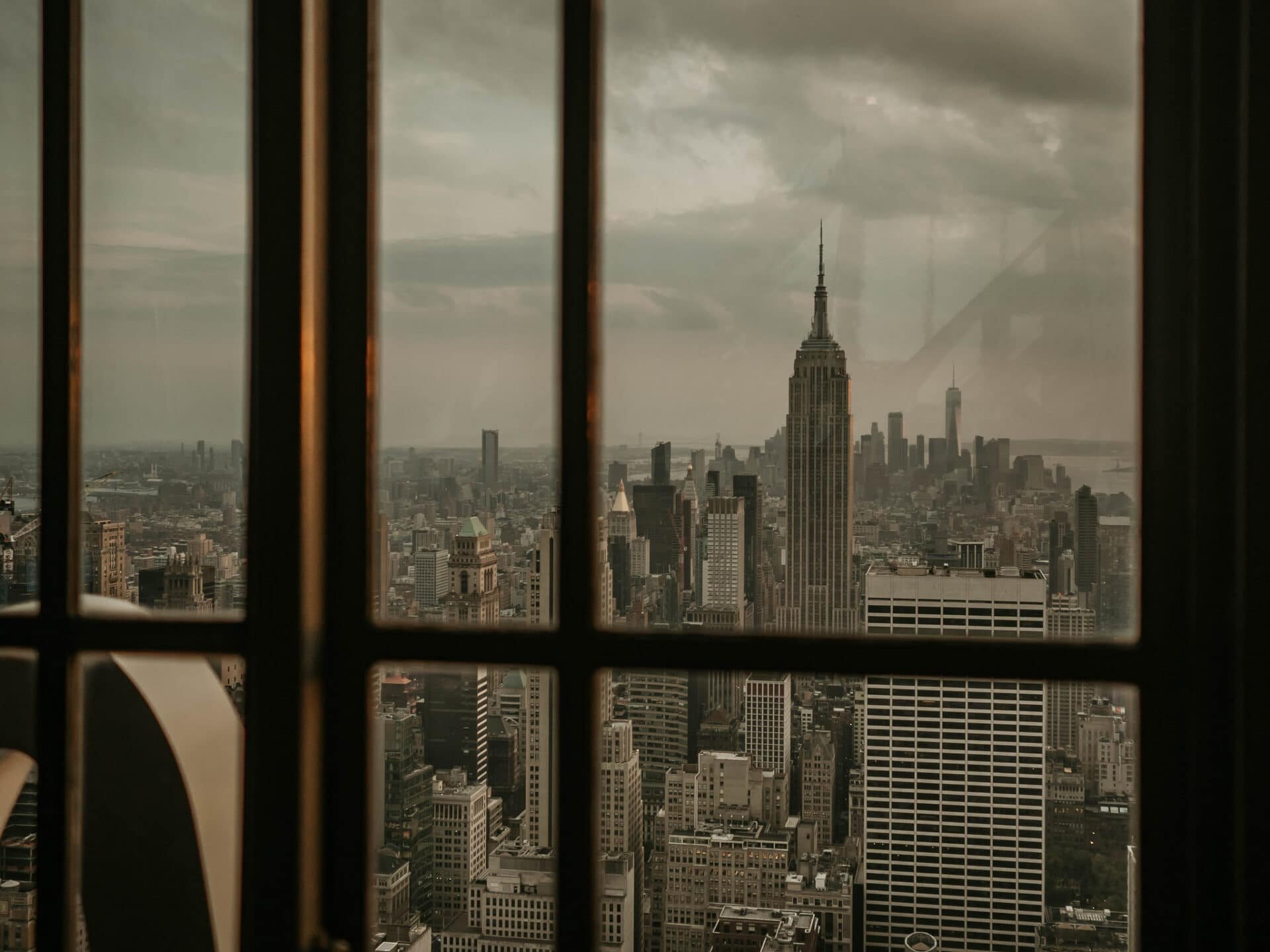
And that to me is the beauty of photography – it provides us a way to capture a passing moment to keep forever.
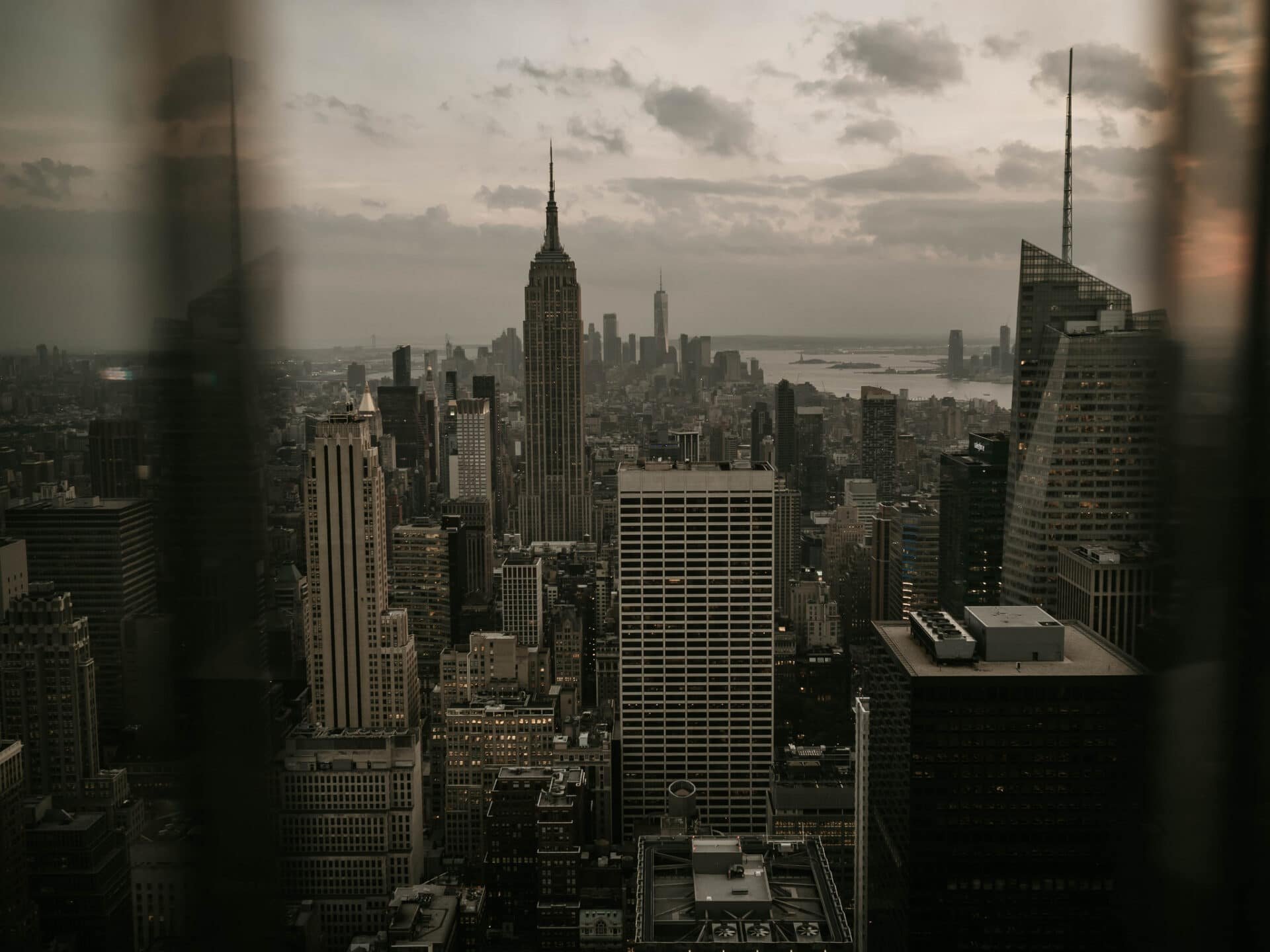 Thank you Olympus Europe for this unforgettable adventure. Never stop the journey.
Thank you Olympus Europe for this unforgettable adventure. Never stop the journey.

